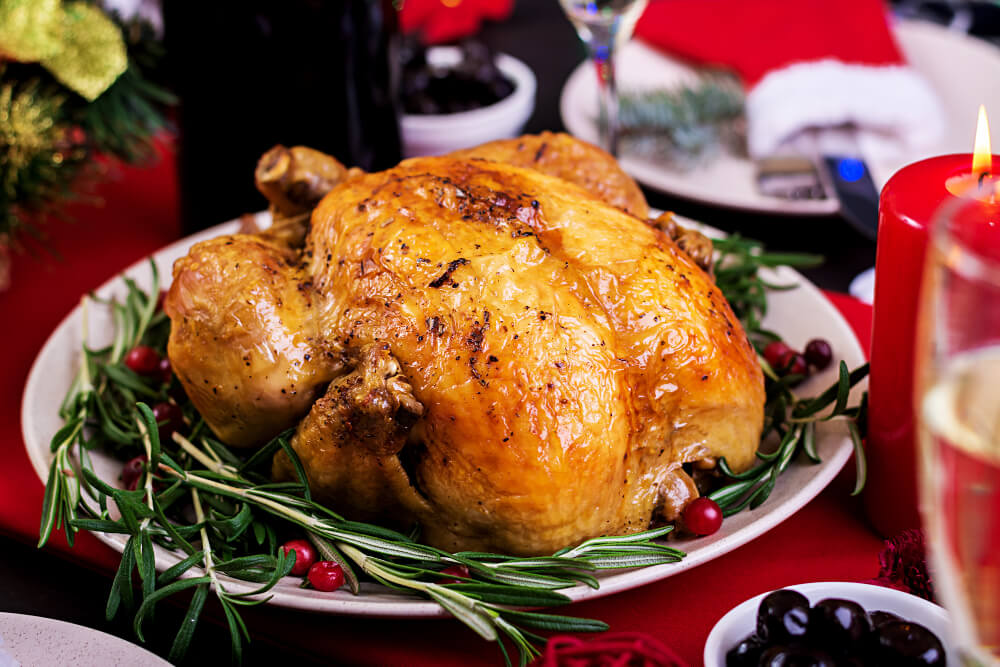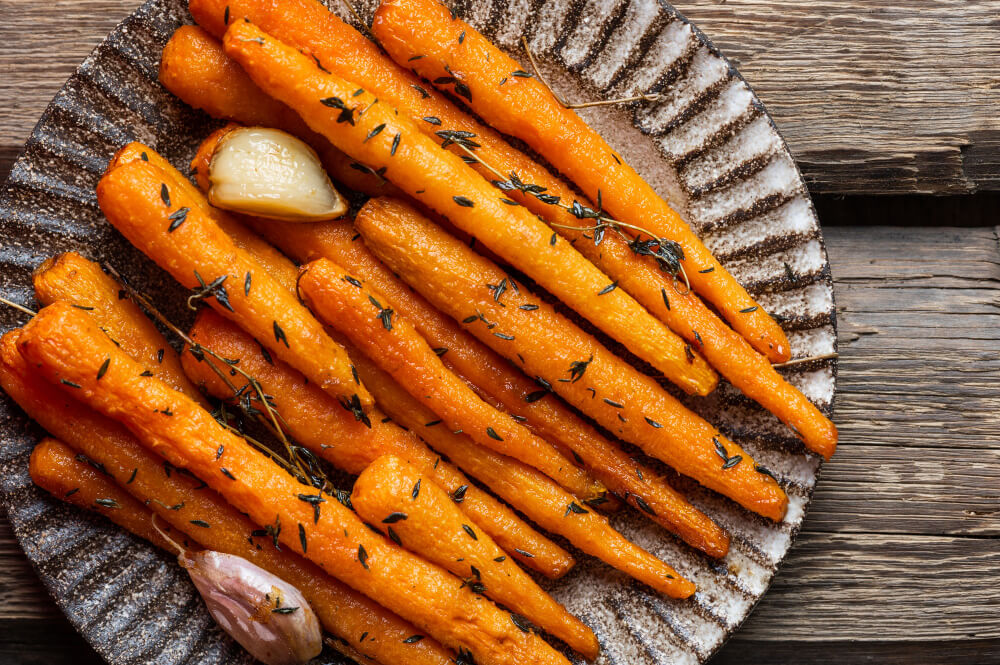
Hey there! It's great to have you here. Are you a BBQ lover? Do you know what type of meat brisket is? If not, you're in the right place! In this article, we will explore the world of brisket - one of the most popular cuts of meat when it comes to BBQ.
Brisket is arguably one of the most popular cut of meat when it comes to the BBQ. It's tender and juicy, and when smoked just right, it can be the star of any BBQ gathering. But is brisket beef or pork? The answer is simple: brisket is beef. While pork is also a popular meat for BBQ, it doesn't compare to the fatty, smoked goodness of a beef brisket.
There are a few differences between beef and pork brisket. For starters, beef brisket is larger and has more fat, which makes it ideal for slow smoking. On the other hand, pork brisket is smaller and leaner, which means it's better suited for grilling or roasting. However, when it comes to BBQ, beef brisket is the way to go.
Now that you know the difference between beef and pork brisket, you might be wondering where to find it. Many grocery stores carry brisket, but it's important to find a good quality cut for the best results. Keep an eye out for brisket with a nice marbling of fat, as this will help keep it moist during the smoking process.
Are you excited to learn more about brisket? Stick around, because we're just getting started!
What Is Beef Brisket?
To better understand cut of beef, it's essential to know where this specific cut of meat comes from. Brisket comes from the lower chest or pectoral muscles of a cow, which are well-exercised areas. As a result, beef brisket contains a significant amount of connective tissue, making it quite a tough piece of meat. This is why it's best suited towards a low and slow cooking process.
The brisket cut can be further divided into two parts: the point and the flat. The point is thicker and fattier, while the flat is leaner and more uniform in shape. Each part offers different textures and flavors, which is why they're often used in various dishes like smoked barbecue brisket or corned beef.
To achieve tender, flavorful results, methods such as braising, smoking, or slow roasting are ideal for cooking this cut of meat. Patience is essential when preparing a delicious brisket, but the final outcome is well worth the effort.
What Is Pork Brisket?
On the other hand, pork brisket is a lesser-known cut of pork that shares some similarities with its beef counterpart. Pork briskets come from the brisket muscles, which are located in the lower section of the pork, near the front leg or pork picnic. While not as commonly used as beef brisket, pork brisket is also a flavorful and versatile cut of meat.
Pork brisket weighs roughly the same as beef brisket, although the specific weight may vary depending on the size and breed of the pig. Like beef brisket, the pork brisket is taken from a well-exercised area, which means it contains a substantial amount of connective tissue. This characteristic calls for slow and low cooking methods, such as smoking or braising, to break down the connective tissue and create a tender, delicious dish.
Though pork brisket may be less popular than its beef counterpart, it offers a unique taste experience for those willing to experiment with different cuts of meat. It is a versatile option that can be used in various culinary applications, from traditional barbecue to slow-cooked, savory dishes.
How Is Pork Brisket Different From Beef Brisket?

Source of the meat
Beef brisket is a cut of beef that comes from the lower chest or pectoral muscles of a cow, while pork brisket is a cut from the lower section of a pig, near the front leg or pork picnic.
Popularity
Beef brisket is one of the most popular and well-known cuts of meat, especially for barbecue and slow cooking, whereas pork brisket is less commonly used and may not be as readily available in supermarkets.
Muscle composition
Brisket is also different in terms of muscle composition, as beef briskets generally have more connective tissue, requiring a longer cooking time to break down, while pork briskets may require less time due to their smaller size and composition.
Fat content
Beef brisket usually has a more uniform fat distribution, whereas pork brisket tends to have a higher concentration of fat near the pork shoulder and pork belly, providing a richer flavor when cooked.
Cooking methods and dishes
Beef brisket is often used in traditional barbecue, corned beef, or braised dishes, while pork brisket can be used in various culinary applications, such as smoked, roasted, or slow-cooked dishes, offering a unique taste experience for those willing to experiment with different cuts of meat.
How To Choose Beef Brisket?
When selecting a beef brisket, consider the following factors to ensure you pick the best cut for your needs:
-
Marbling: Look for a brisket with good marbling or fat distribution throughout the meat. This will ensure a moist and flavorful result, especially when making Texas brisket or smoked brisket.
-
Size: Depending on your intended recipe and the number of guests, choose a brisket size that fits your needs. Keep in mind that it will shrink during cooking, so it's better to have a larger cut.
-
Butcher: Opt for a specialty butcher or a reputable store, as they are more likely to have high-quality cuts of beef brisket. They can also provide guidance on the best cut for your desired dish.
-
Freshness: Make sure the meat is fresh, with a bright red color and no off smell.
When cooked properly, beef brisket is a great choice for a variety of dishes, offering a rich and satisfying meal for friends and family.
How To Choose Pork Brisket?

Choosing a pork brisket also requires attention to detail and quality. Here are some tips to help you select the best cut:
-
Availability: Not all stores sell pork brisket, so you may need to search for a specialty butcher or ask your local butcher to provide this specific cut.
-
Marbling: Similar to beef brisket, look for pork brisket with good marbling for a tender and flavorful result.
-
Size: Pork brisket is a much smaller cut than beef brisket, so consider your intended recipe and serving size when selecting the right piece.
-
Freshness: Ensure the meat is fresh, with a light pink color and no off smell.
-
Cooking method:Remember that, like beef brisket, pork brisket is best cooked using low and slow methods, such as smoking or slow-roasting, to break down the connective tissue and create a tender dish.
When you think of brisket, don't forget that pork brisket can be a delicious and unique alternative to the traditional beef brisket, offering a new taste experience for you and your guests.
Conclusion
In conclusion, both beef and pork brisket offer unique and delicious options for those looking to explore different cuts of meat. While beef brisket comes from a cow and is more popular, pork brisket is an equally tantalizing choice for the adventurous cook.
Regardless of whether brisket is pork or beef, mastering the art of low and slow cooking methods is essential to achieve tender, flavorful results.
As you venture into the world of brisket, don't hesitate to experiment with various recipes and cooking techniques to find your perfect dish.
Related Articles
- What is Pork Cushion Meat? | Smoke, Grill, and More
- Is Brisket Beef or Pork?
- What is Pork Flank Steak? | Pork Steak Guide
- Smoked Pork Tenderloin - Everything You Need to Know
- Top 5 Smoked Pork Tenderloin Recipes You Must Try
- Smoked Pork Chops - Everything You Need to Know
- Smoked Pork Shoulder (Pork Butt) - How to Smoke the Right Way
- Smoked Pork Belly - How to Smoke and Make Smoke Pork Belly Burnt Ends
- Smoked Pork Loin - How to Smoke Pork Loin the Right Way
- 5 Must Try Pork Cushion Meat Recipes
Related Products You Might Like
When preparing and serving your brisket, whether beef or pork, it's crucial to have the right tools for the job. A high-quality wooden cutting board, like those offered by Mevell, is essential for protecting your knives and maintaining a clean and organized workspace.
Mevell's 100% Canada-made wooden cutting boards are not only durable and hygienic, but also visually appealing, making them a perfect addition to your kitchen. As you cook brisket and explore new culinary experiences, invest in reliable and well-crafted tools to ensure the best results for your efforts.



